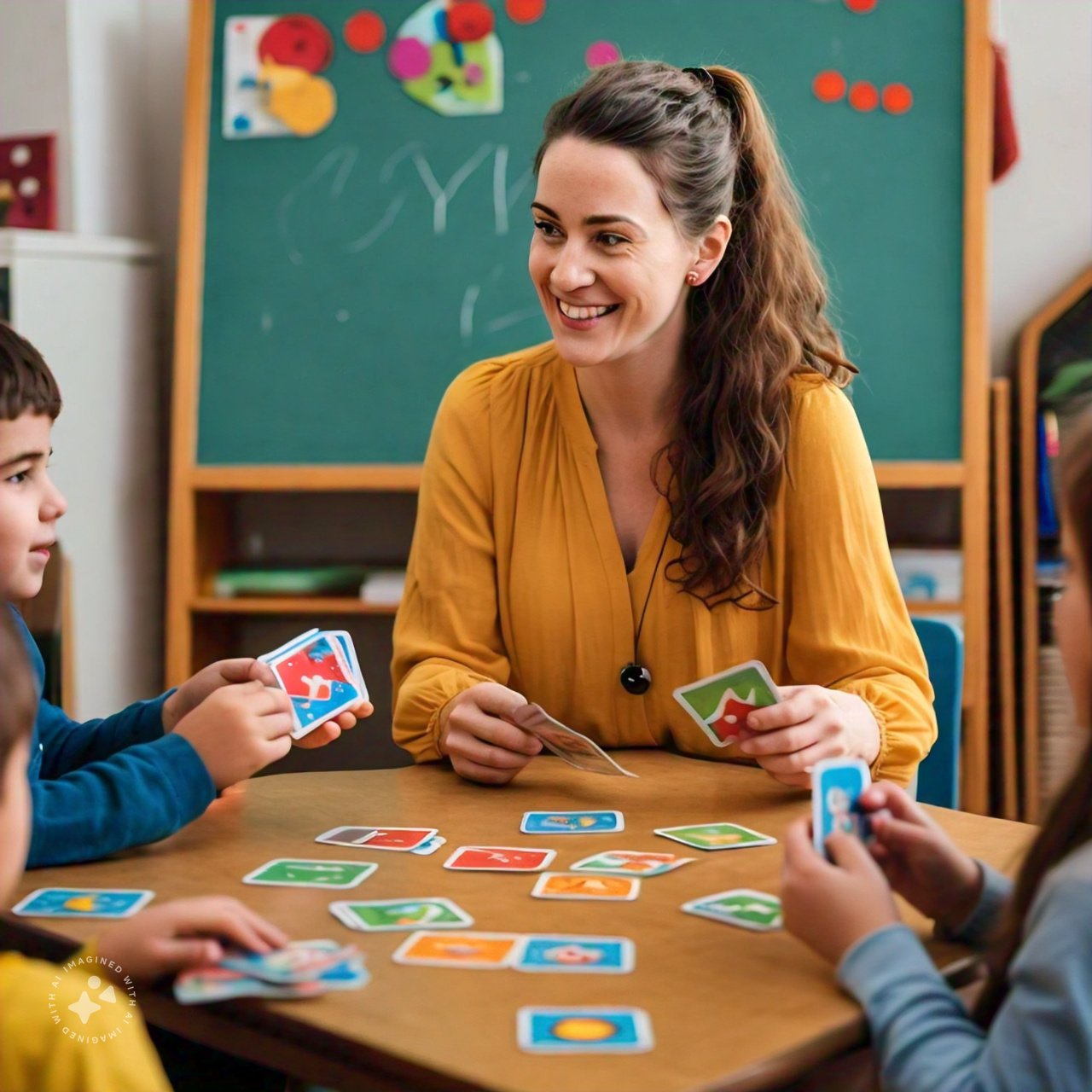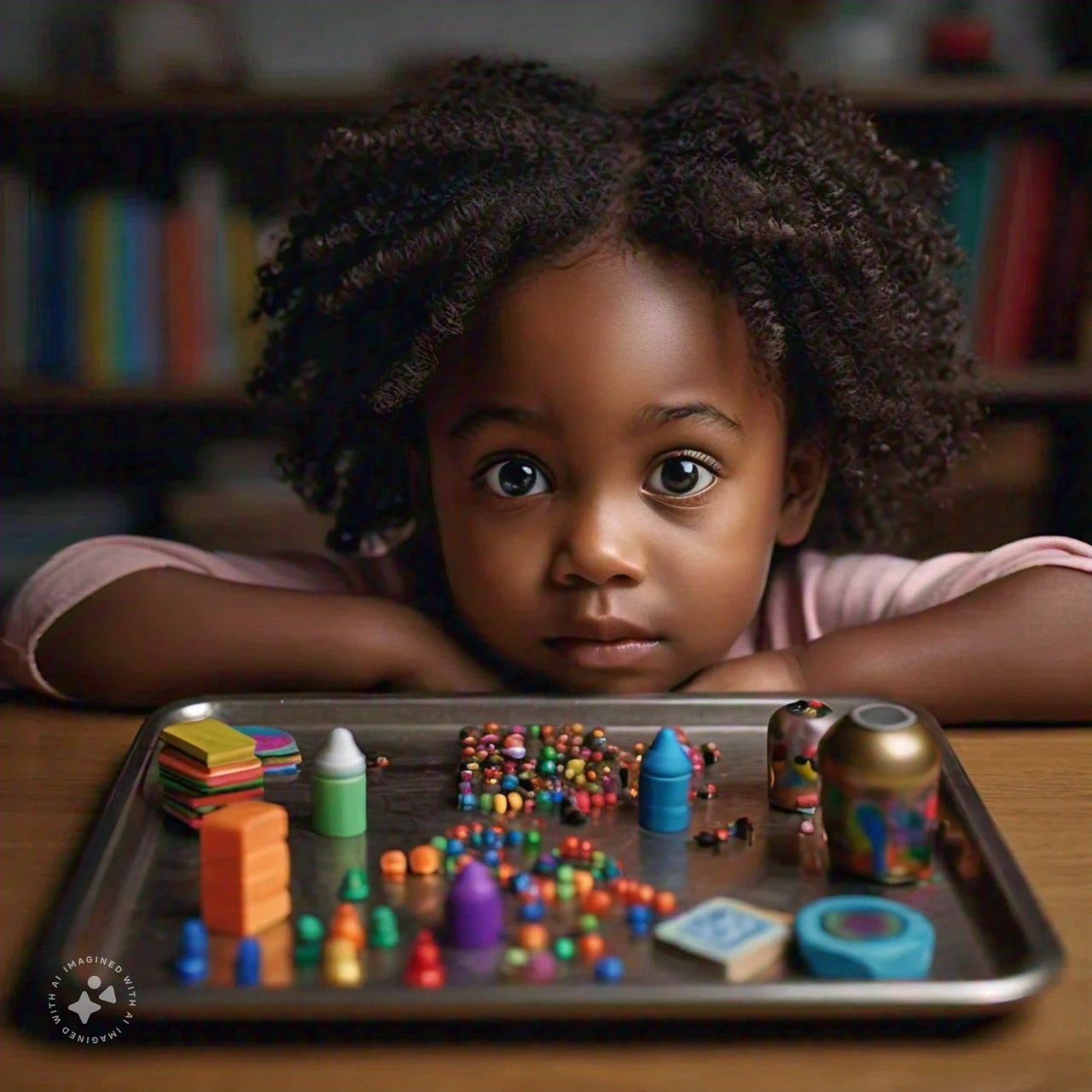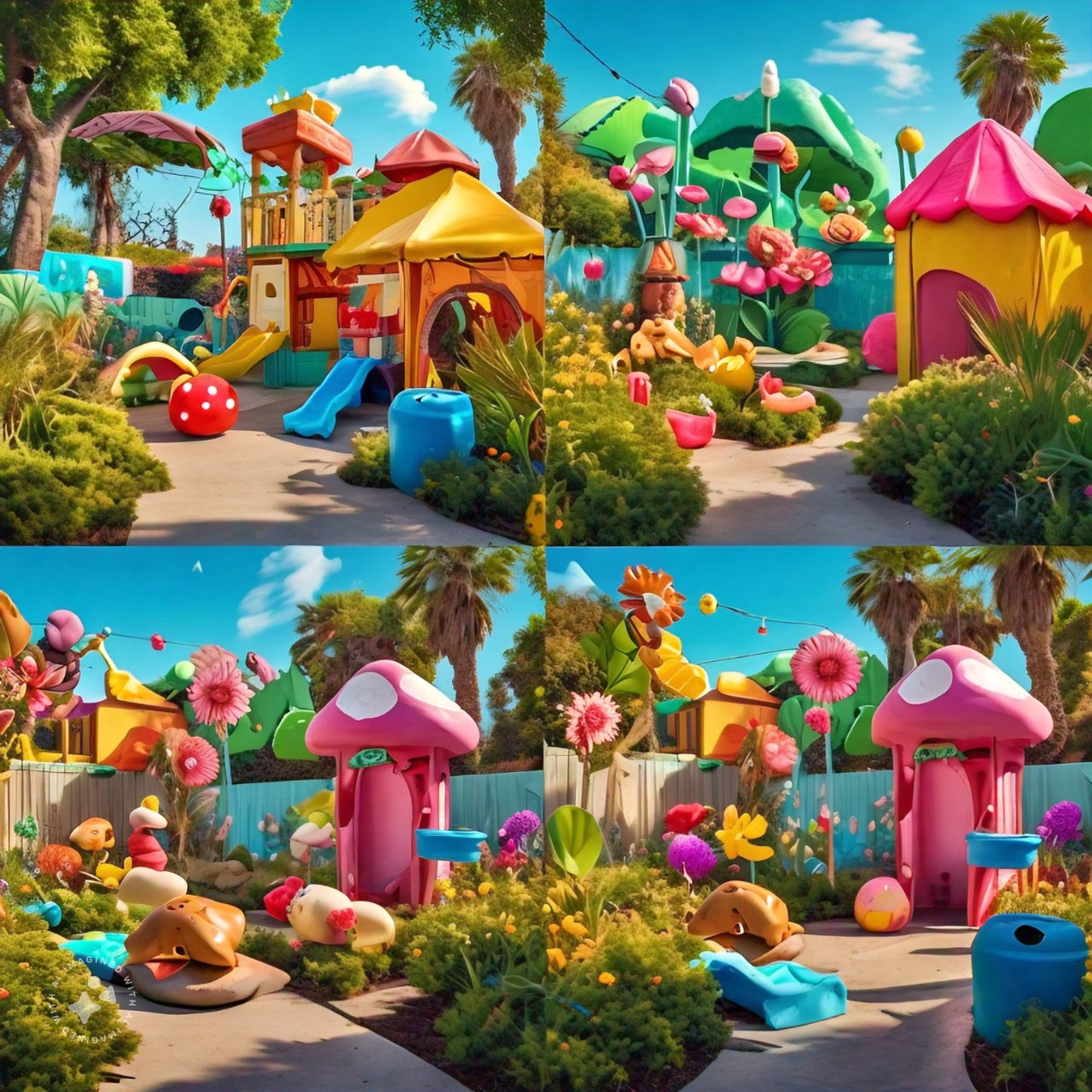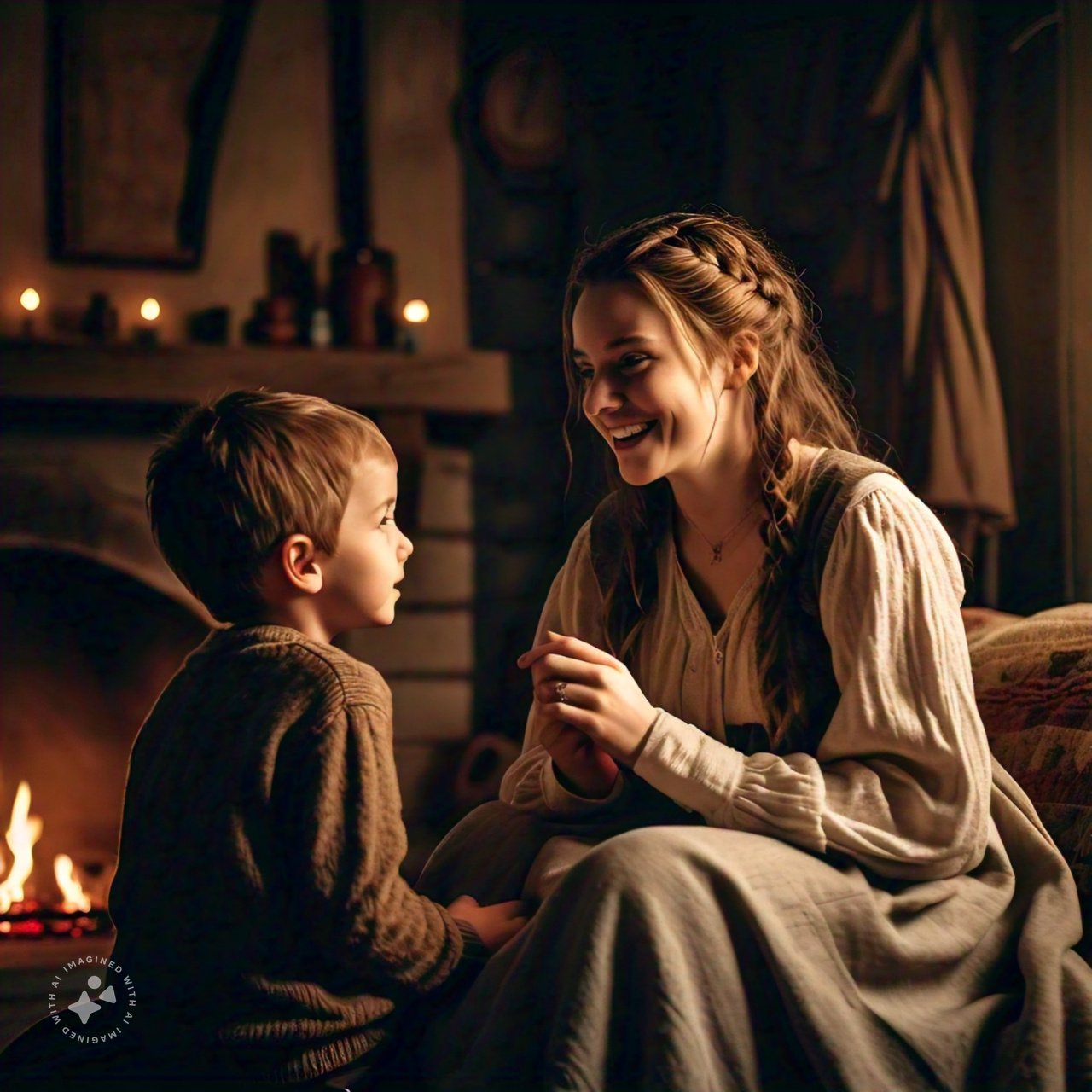Table of Contents
ToggleHere are some fun and effective brain exercises for kids to enhance their memory, concentration, and problem-solving skills:
Memory Games
Memory games (Brain exercises) help children sharpen their ability to recall information, improve focus, and enhance cognitive skills. They often require players to match pairs, remember sequences, or identify objects.
Examples of Memory Games:
- Matching Cards: Flip cards to find pairs.

- Simon Says (Electronic Game): Remember sequences of colors and sounds.
- Tray Game: Place items on a tray, let the child memorize them, and remove one to see if they notice the missing item.

Benefits:
- Strengthens short-term memory.
- Improves concentration and attention to detail.
- Encourages pattern recognition and quick thinking.
Puzzles
Puzzles challenge children to think logically, improving their problem-solving and analytical skills. They come in various forms, such as jigsaw puzzles, word puzzles, or number-based puzzles like Sudoku.
Examples of Puzzles:
- Jigsaw Puzzles: Fit pieces together to complete a picture.

- Sudoku: Fill numbers in a grid following specific rules.

- Maze Puzzles: Help characters find their way through a maze.
Benefits:
- Enhances spatial awareness and hand-eye coordination.
- Develops patience and perseverance.
- Builds problem-solving and logical thinking skills.
Both memory games and puzzles provide fun ways for children to learn, boosting their cognitive development and keeping them mentally active.
Spot the Difference
Spot the difference games involve two similar images where children must identify subtle variations. This activity helps improve visual perception, attention to detail, and concentration.
How it Works:
- Two pictures are shown with small differences (like a missing object or color change).
- Kids need to find and circle all the differences.

Benefits:
- Enhances observation skills.
- Improves focus and patience.
- Strengthens visual memory.
Storytelling with a Twist
Storytelling with a twist introduces an unexpected or creative change in a story, encouraging imagination and critical thinking.
How it Works:
- A known story (like “Cinderella” or “The Three Little Pigs”) is told with a sudden twist in the plot (e.g., the wolf becomes a friend).
- Kids can create their own twists or change the endings.

Benefits:
- Fosters creativity and imagination.
- Improves communication and narrative skills.
- Encourages children to think outside the box and develop problem-solving abilities.
These activities not only entertain but also promote essential cognitive and language development skills.
